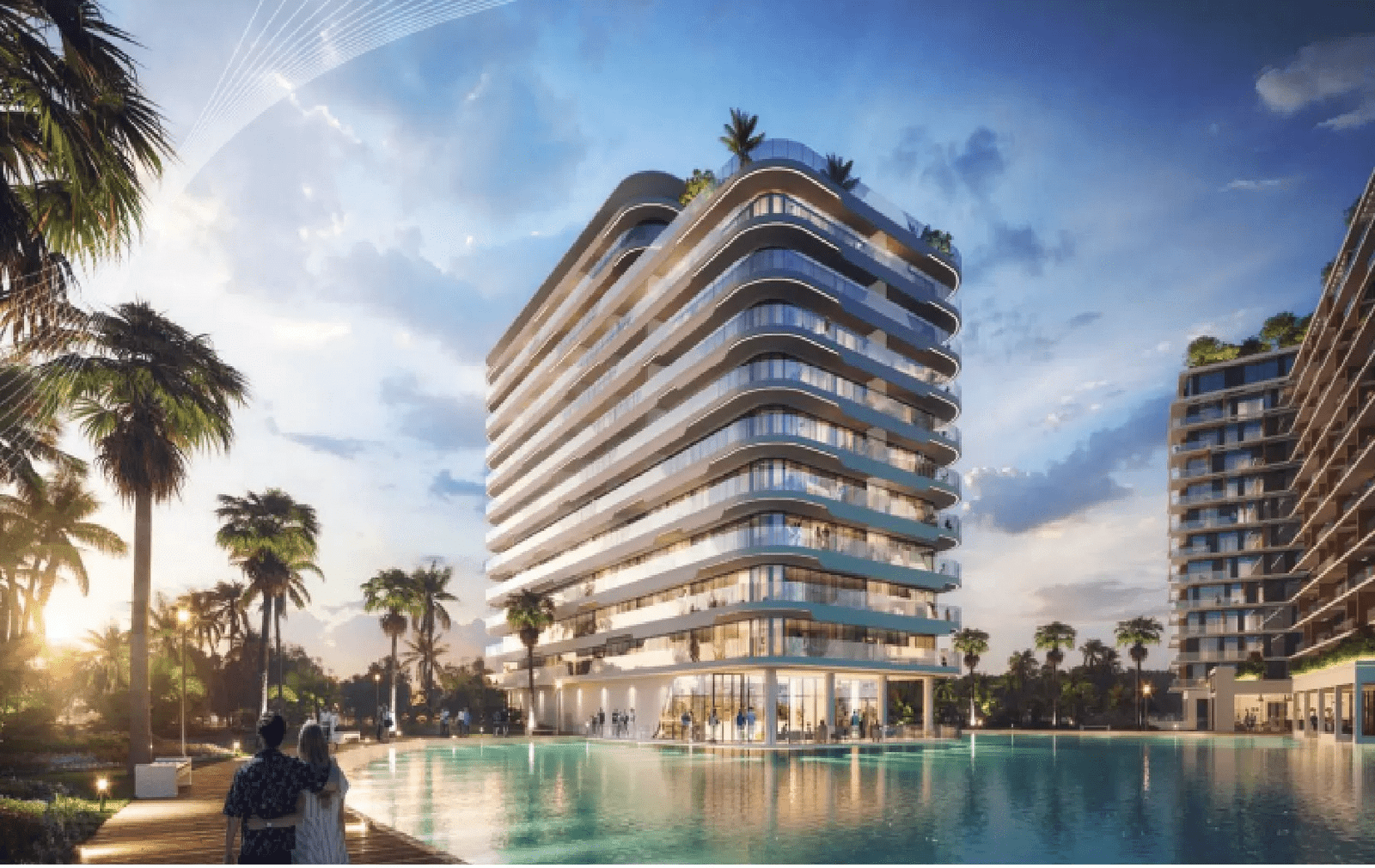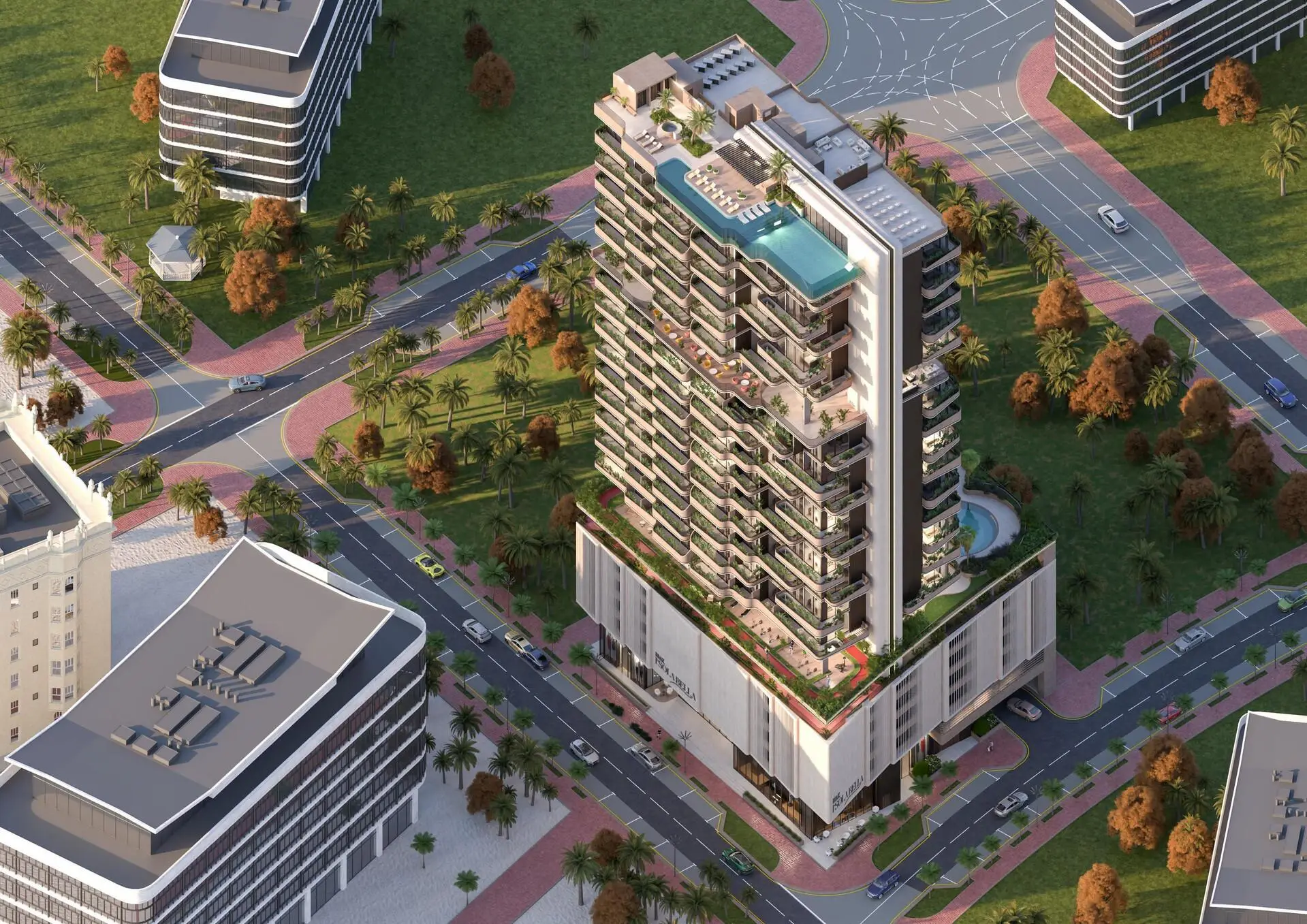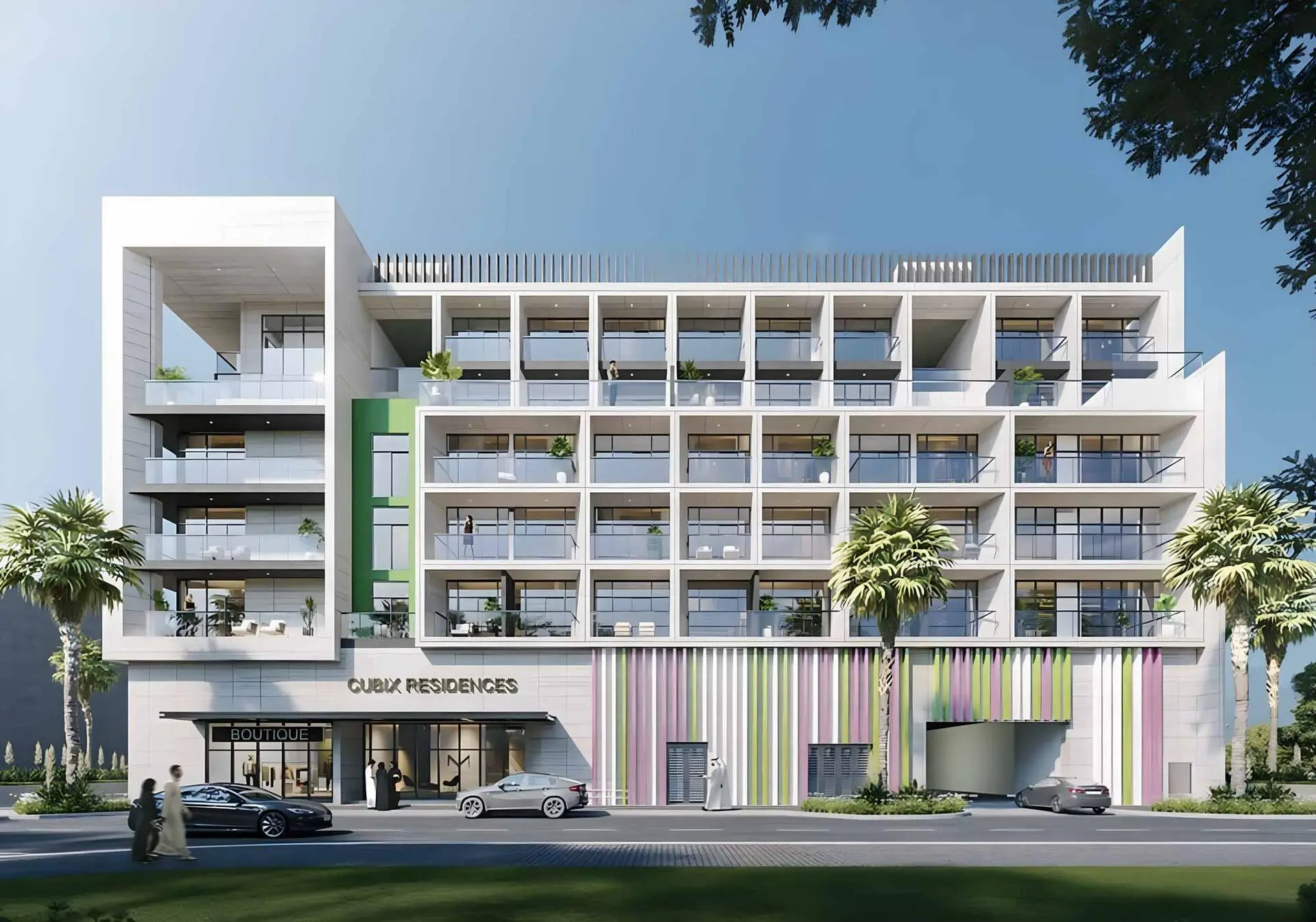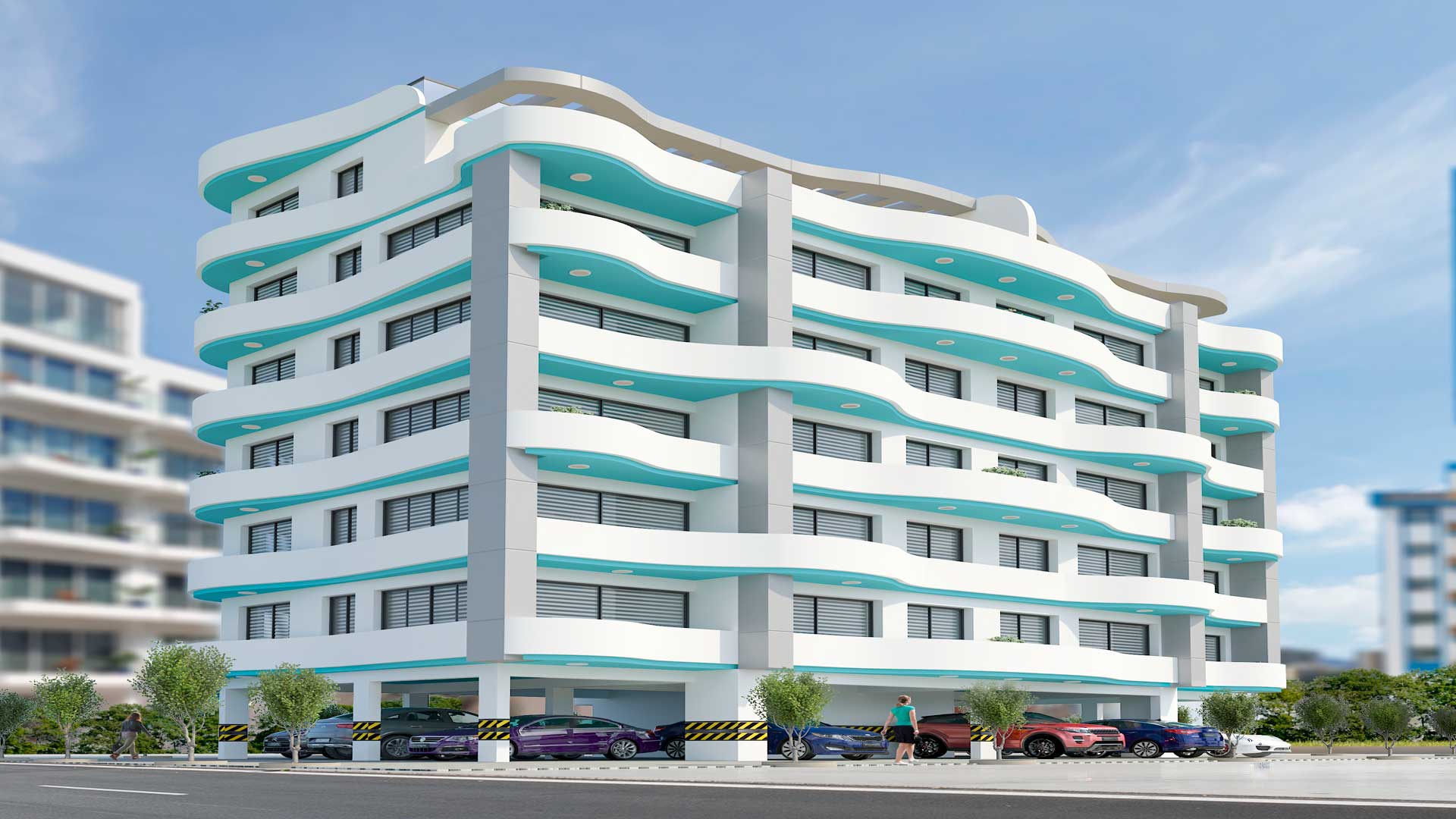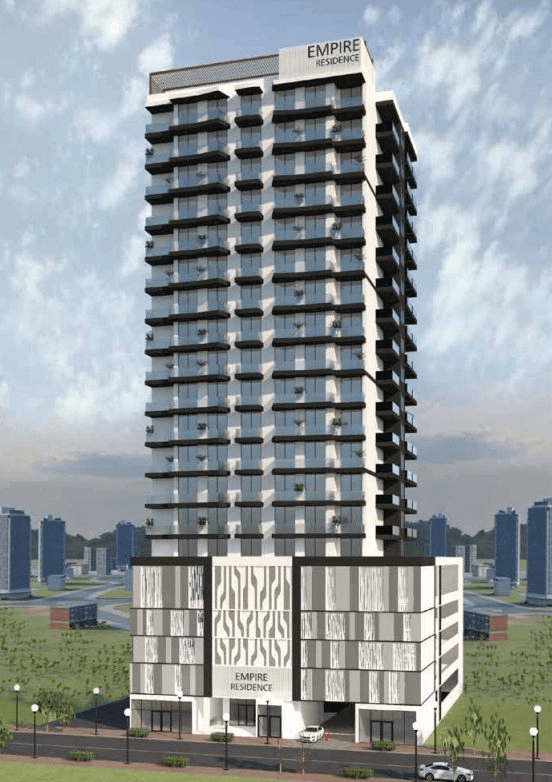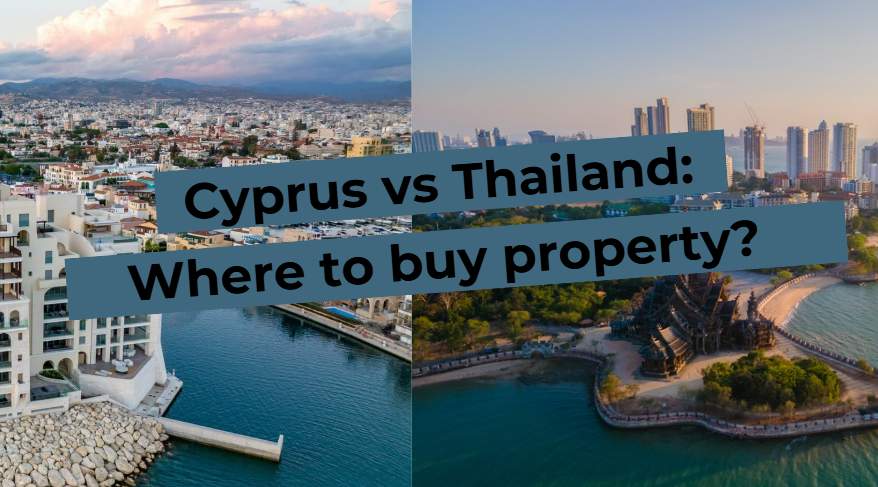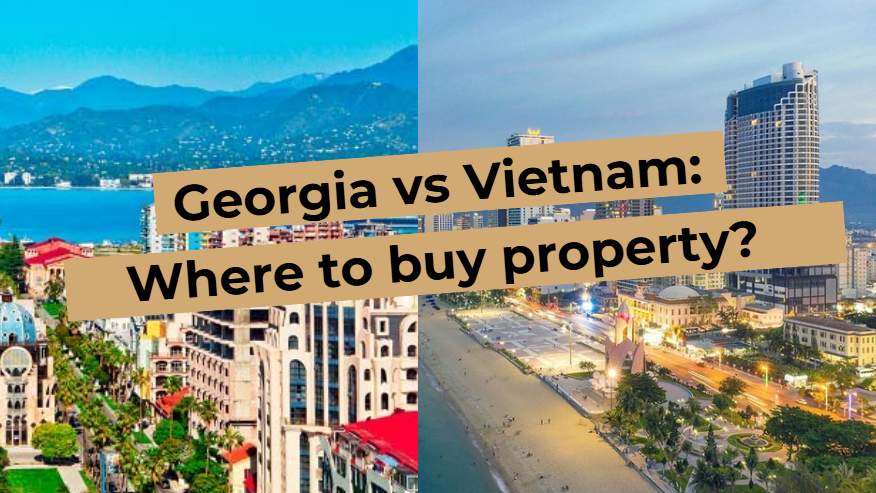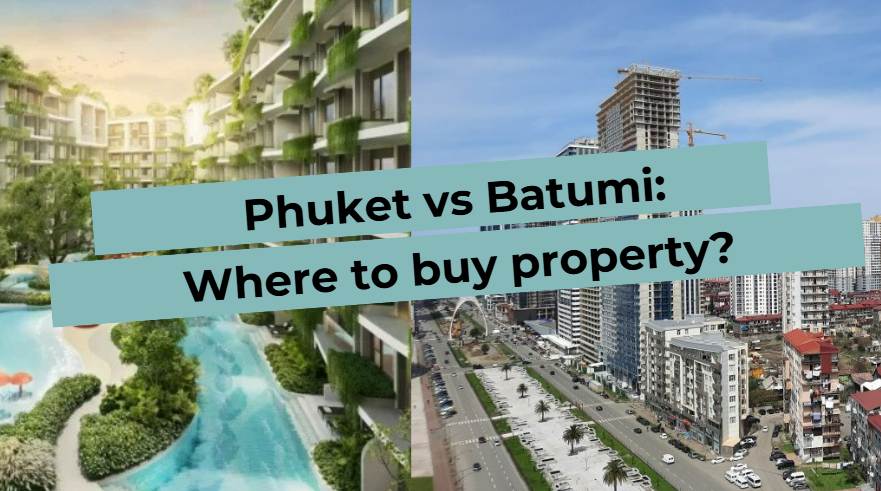
Comparison of real estate prices in different regions of Spain
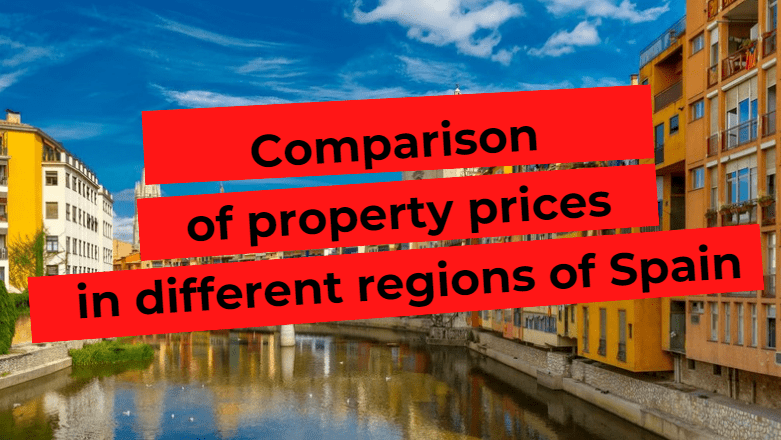

Spain has an amazing diversity, not only in culture and cuisine, but also in the real estate market. Each region of the country offers its own unique home buying opportunities, and real estate prices vary depending on a variety of factors. If you're thinking about buying real estate in Spain, it's important to understand how regional differences can affect your choice. In this article, I will cover the key aspects to consider when comparing property prices in different parts of the country.
- Variety of prices for housing in Spain
- Impact of geographical location on cost
- Main regions for buying real estate
- Advantages and disadvantages of large cities
- Investment opportunities in coastal and central regions
Now let's dive into the details and look at exactly how regional differences affect real estate values in Spain.
The main factors affecting the value of real estate in Spain
1. Regional differences in real estate prices
Spain offers a variety of real estate prices depending on the region. Let's take a look at the main regions and their characteristics in the table below:
| Region | Average price per square meter (euros) | Features and factors influencing prices |
|---|---|---|
| Northern Spain | 1,500 - 2,500 | Basque Country, Galicia. Lower prices, beautiful scenery, less touristy. |
| Southern Spain | 2,500 - 6,000 | Costa del Sol. High demand due to tourism, developed infrastructure, beaches. |
| Central Spain | 2,000 - 3,500 | Madrid, Toledo. Madrid As an economic center with high prices but lots of opportunity. |
| Littoral regions | 2,500 - 5,000 | Costa Blanca, Costa Almeria. Popular resorts, high prices for housing by the sea. |
| Islands | 3,000 - 5,500 | Balearic and Canary Islands. High prices due to remoteness and tourist attraction. |
| Central and rural regions | 800 - 1,500 | Andalucía, Castile and León. More affordable prices, quiet life, traditional culture. |
Geographical location also plays an important role. For example, Madrid and Barcelona, which are in the spotlight as cultural and economic centers, have higher real estate prices. Whereas in lesser known but picturesque corners such as Castile and Leon, more affordable options can be found.
2. Real estate in major cities: Madrid and Barcelona
When it comes to real estate in Spain, Madrid and Barcelona are invariably at the center of discussions. Property prices in these metropolitan areas can be shocking, especially for those new to the Spanish market. In Madrid, for example, the average price per square meter can reach 3,500 euros, while in Barcelona this figure can be even higher - about 4,000 euros.
But what draws buyers to these cities? In Madrid, you'll find not only a rich history and culture, but also plenty of career opportunities. However, living in the capital has its drawbacks: the high cost of living and heavy traffic can be a real challenge.
Barcelona, on the other hand, offers a unique combination of city life and beach vacations. Tourism is booming here, and this certainly affects the real estate market. Many buyers are looking for apartments in the city center or by the sea, which drives prices sky high. For example, I remember when my friends were looking for an apartment in Barcelona and were amazed at the prices in the Gothic Quarter - they started at 5,000 euros per square meter!
3. Seaside regions: Costa del Sol and Costa Blanca
If you dream of living by the sea, the Costa del Sol and Costa Blanca are the places to look out for. These regions are famous for their resorts and gorgeous beaches, making them popular with tourists and investors. Property prices here vary depending on location: in popular cities such as Marbella and Torremolino, you can encounter prices from 3,000 to 6,000 euros per square meter.
Tourist demand in these regions has a significant impact on the cost of housing. For example, during the summer months, rental prices can skyrocket, which makes buying real estate here a great investment decision. I remember my acquaintances bought a small apartment in Nerja, and after a year they were able to rent it out for a sum that covered all the maintenance costs.
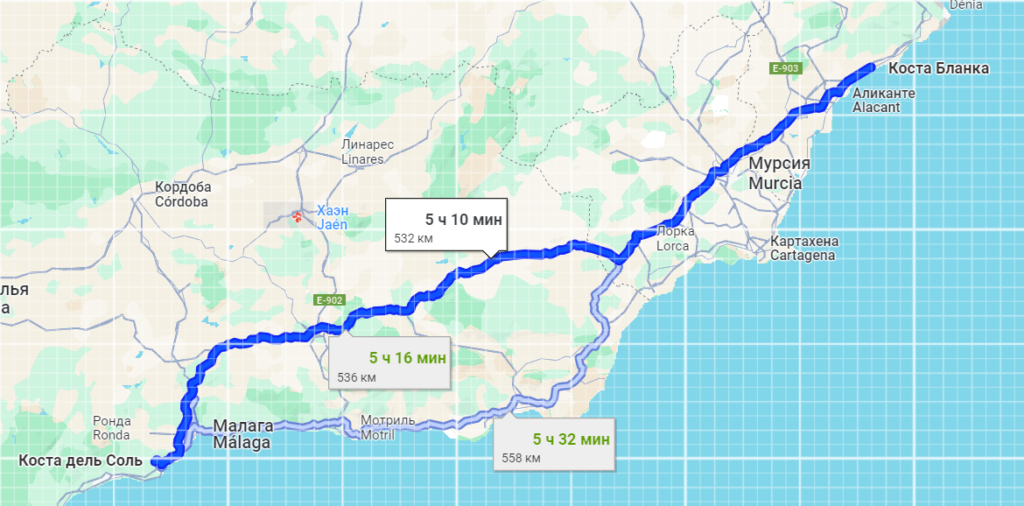
4. island real estate: Balearic and Canary Islands
Now let's talk about the two most famous archipelagos of Spain: the Balearic and Canary Islands. Real estate prices here also vary, but in general they are higher than in most continental regions. For example, in Mallorca and Ibiza, the average price per square meter can reach 4,500 euros, while in Tenerife and La Gomera prices can be slightly lower, starting from 2,500 euros.
The remoteness of these islands from the mainland and the developed infrastructure also affect the price. For those looking for peace and privacy, the Canary Islands can be an excellent choice. However, if you plan to live in the Balearic Islands, be prepared for higher prices and more tourists.
5. Central and rural regions of Spain
If you are looking for more affordable options, the central and rural regions of Spain can be a real find for you. In areas such as Andalusia or Castile and Leon, property prices can start from as low as 800 euros per square meter! This really appeals to those who want to enjoy a quiet life away from the hustle and bustle of the city.
Living in rural Spain has its pros and cons. On the one hand, you get to enjoy nature, quietness and low housing prices. On the other hand, it can be difficult to find work or access to modern amenities. I remember when my friend moved to a small village in Andalusia and was thrilled with the quality of life, but sometimes she missed the urban infrastructure.
Now that we have looked at the main factors affecting real estate prices in Spain, let's move on to how to choose the best place to buy.
How to choose the best place to buy
When you decide to buy real estate in Spain, it is important to consider many factors. First of all, decide on your personal preferences. What kind of climate do you like? Do you prefer a bustling metropolis or a quiet countryside? For example, if you love sunny days and the sea, the Costa del Sol or the Balearic Islands may be ideal. If you're more interested in tranquility and traditional Spanish life, consider the central regions such as Castile and Leon.
It is also worth paying attention to the infrastructure. The presence of stores, restaurants, medical facilities and educational institutions can greatly enhance your quality of life. I remember once visiting a small town in Andalusia, and despite its charm, it lacked basic amenities such as good supermarkets and access to public transportation.
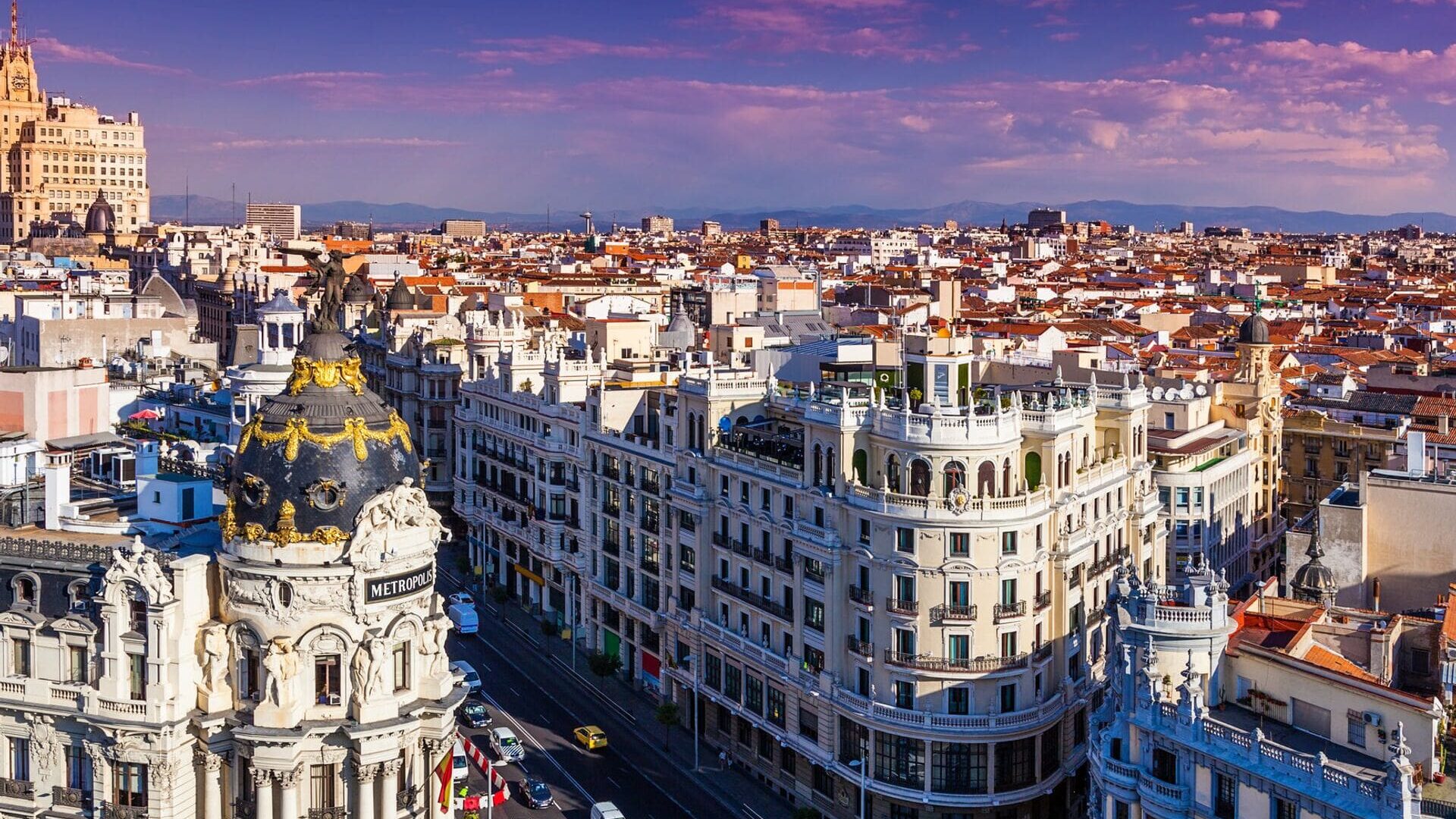
Investment opportunities also play an important role. Some areas that may seem less attractive now may become real gems in the future. For example, in recent years there has been a growing interest in cities such as Valencia and Alicante, where real estate prices are still relatively low but are forecast to rise further. I know a couple of investors who have invested in real estate in these areas and have already started making good rental income.
Don't forget to calculate your budget and long-term plans as well. How much loan can you afford? What are your plans for the future: are you going to live in Spain permanently or use the property as a vacation home? These questions will give you a better idea of what kind of property to look for.
7. Risks and pitfalls of buying real estate in Spain
7. Risks and pitfalls of buying real estate in Spain
Buying real estate in Spain can be an exciting, yet risky process. To avoid unpleasant surprises, it is important to pay attention to a few key aspects. Below is structured information on the risks and pitfalls that can arise when buying a home in Spain.
| Risk/Pitfalls | Description and tips to minimize risk |
|---|---|
| Legal aspects | Make sure you have a reliable lawyer who specializes in real estate. He or she will help you sort through all the paperwork and check that there are no encumbrances on your chosen property. Inadequate checks can lead to serious problems. |
| Taxation | Taxes on the purchase of real estate can vary from region to region. For example, some autonomous communities may have additional taxes. Be sure to clarify all tax obligations before buying to avoid unexpected costs. |
| Document verification | Always check all real estate documents, including title and debt. Use a qualified lawyer for verification. |
| Market research | Do a thorough market research: compare prices, study the neighborhoods and their characteristics. Do not rush into a purchase, especially if you are new to the Spanish real estate market. |
| Trial visit | It is recommended that you make a "test visit" to a neighborhood before making a final decision. This will help you get a better sense of the atmosphere and see what life in the area is like. |
| Hidden costs | Take into account all possible hidden costs such as taxes, fees, insurance and property maintenance costs. This can significantly increase the total purchase price. |
| Funding problems | Make sure you understand the terms of the loan if you plan to finance the purchase. Contact several banks to compare terms and rates. |
| Rental market | If you plan to rent out your property, research the rental market in your chosen neighborhood. Understanding supply and demand will help you avoid financial losses. |
Useful tips
- Work with professionals: Find a trusted real estate agent and attorney to help you through every step of the process.
- Reading reviews: Research neighborhood and property reviews to see what problems may arise.
- Plan your budget: Make sure your budget takes into account all expenses, including taxes and fees.
- Ask questions: Do not hesitate to ask questions of local residents or real estate agents. They can provide useful advice and information about the neighborhood.
- Reputation check: Make sure the seller has a good reputation. This will help to avoid fraud.
By following these tips and considering the risks, you will be able to make a more informed choice when buying real estate in Spain and avoid many pitfalls.
Conclusion
In summary, choosing real estate in Spain is not just a matter of price. It is a whole set of factors to consider: from geographical location and infrastructure to personal preferences and investment opportunities. Spain offers variety, and everyone can find something to suit their tastes. If you are ready to take a step towards your dream of living in sunny Spain, start researching the market and consider all the possibilities.
If you have any questions or would like advice on buying real estate in Spain, do not hesitate to contact us. We are ready to help you every step of the way on this exciting journey!
In regions such as Extremadura and Castile-La Mancha, you can find more affordable real estate options.
Madrid and Barcelona offer the most expensive real estate due to high demand and developed infrastructure.
Prices are higher on coasts such as the Costa del Sol and Costa Blanca, especially in popular resort areas.
The key factors are region, proximity to the sea, infrastructure, level of demand and economic development.
Yes, especially in tourist regions such as the Balearic Islands or the Costa Brava where there is a high demand for short term rentals.
Regions such as Galicia and Aragon offer attractive rural real estate prices with growth prospects.
Apartments in cities are more expensive, while houses in rural areas and on the outskirts can be much cheaper.
Yes, prices can fluctuate slightly depending on the season, especially in tourist areas.
Foreign buyers can benefit from a number of tax incentives depending on the region and type of transaction.
Andalusia, Valencia and Catalonia offer comfortable conditions for permanent residence with developed infrastructure and warm climate.
Which regions of Spain offer the most affordable real estate?
In regions such as Extremadura and Castile-La Mancha, you can find more affordable real estate options.
Which areas of Spain are the most expensive to buy a home?
Madrid and Barcelona offer the most expensive real estate due to high demand and developed infrastructure.
How do real estate prices vary on the coasts of Spain?
Prices are higher on coasts such as the Costa del Sol and Costa Blanca, especially in popular resort areas.
What factors affect real estate prices in Spain?
The key factors are region, proximity to the sea, infrastructure, level of demand and economic development.
Is it worth investing in real estate in Spain to rent out?
Yes, especially in tourist regions such as the Balearic Islands or the Costa Brava where there is a high demand for short term rentals.
Which regions of Spain are attractive for investment in countryside real estate?
Regions such as Galicia and Aragon offer attractive rural real estate prices with growth prospects.
How do real estate prices in Spain vary depending on the type of housing?
Apartments in cities are more expensive, while houses in rural areas and on the outskirts can be much cheaper.
Is there a seasonal fluctuation in real estate prices in Spain?
Yes, prices can fluctuate slightly depending on the season, especially in tourist areas.
What tax incentives exist for buyers of real estate in Spain?
Foreign buyers can benefit from a number of tax incentives depending on the region and type of transaction.
Which regions of Spain are best for buying real estate for permanent residence?
Andalusia, Valencia and Catalonia offer comfortable conditions for permanent residence with developed infrastructure and warm climate.






